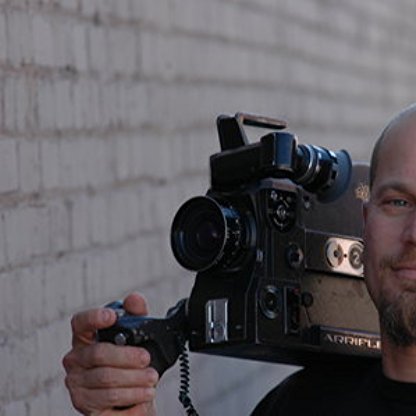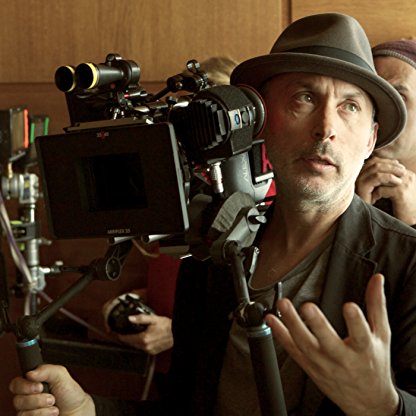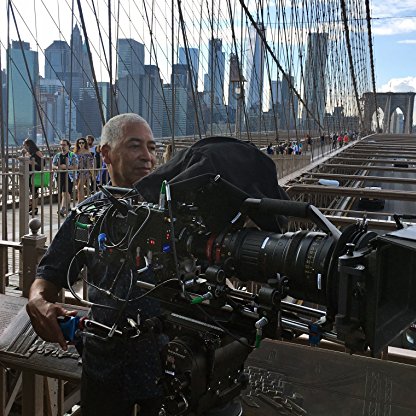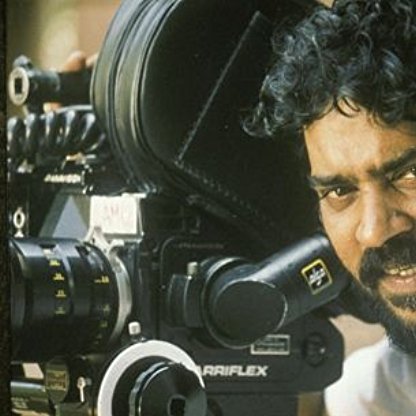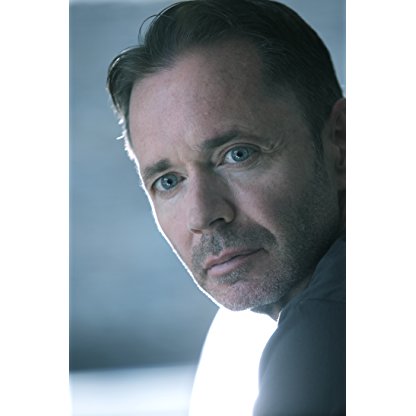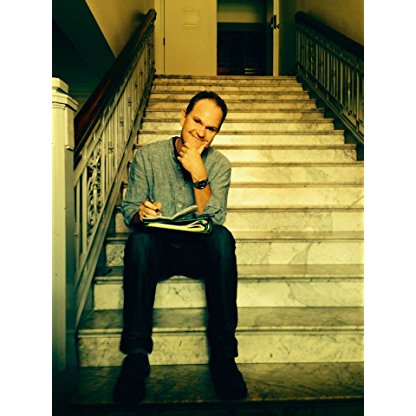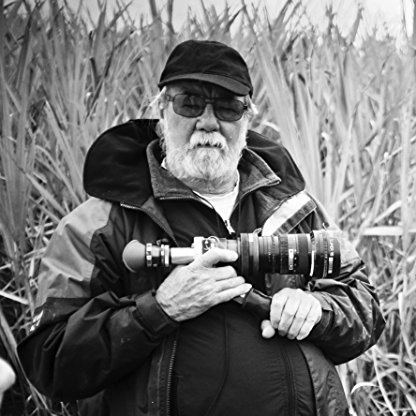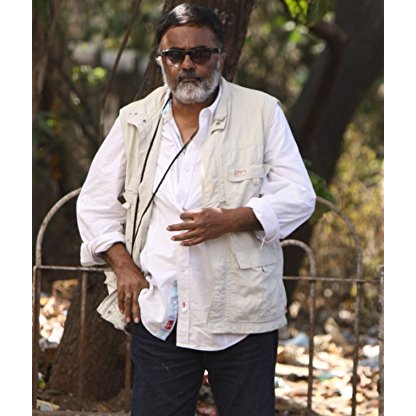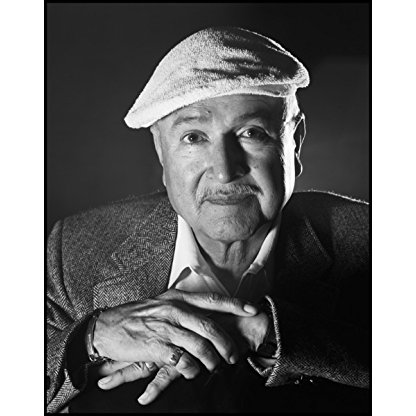Awards and nominations:
Academy Award for Best Cinematography
American Society of Cinematographers Award for Outstanding Achievement in Cinematography
Austin Film Critics Association for Best Cinematography
Awards Circuit Community Award for Best Cinematography
BAFTA Award for Best Cinematography
Boston Society of Film Critics Award for Best Cinematography
British Society of Cinematographers Award for Best Cinematography
CableACE Award for Direction of Photography and/or Lighting Direction for a Dramatic or Theatrical Special/Movie or Miniseries
Camerimage Golden Frog Award
Chicago Film Critics Association Award for Best Cinematography
Daytime Emmy Award for Outstanding Achievement in Cinematography
(For episode "The War Between The Classes")
Houston Film Critics Society for Best Cinematography
Independent Spirit Award for Best Cinematography
International Online Cinema Awards for Best Cinematography
International Online Film Critics' Poll Award for Best Cinematography
Los Angeles Film Critics Association Award for Best Cinematography
National Society of Film Critics Award for Best Cinematography
New York Film Critics Circle Award for Best Cinematographer
New York Film Critics Online for Best Cinematography
Online Film Critics Society Award for Best Cinematography
San Diego Film Critics Society Award for Best Cinematography
Satellite Award for Best Cinematography
St. Louis Film Critics Association
Utah Film Critics Association Award for Best Cinematography
